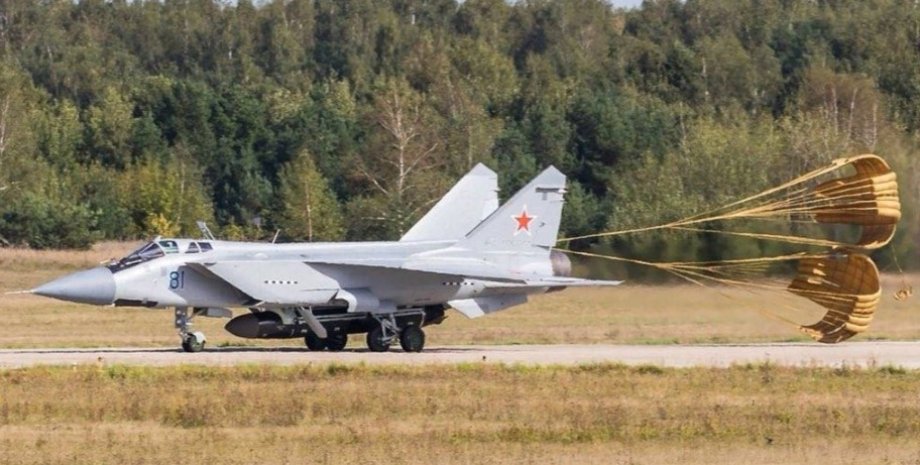
 By Victor Duda
By Victor Duda
The idea of creating a rocket capable of striking a satellite group of a potential enemy has been born for a long time. Work on the 79m6 "Contact" rocket with a shrapnel combat unit were started in 1978 by specialists of ICB "Torch", and the tests began seven years later. As the carrier was selected the variant of the Mig-31 interceptor with the index "D", which met the necessary parameters of flight height and a combat radius of action.
Russian military expert Dmitry Korneev said that after the collapse of the USSR, there were no further tests of "contact", and the further fate of the project was allegedly unknown. With regard to the characteristics of 79m6, there is a data that the rocket was 10 m long, 74 cm in diameter and a weight of more than 4 tons, and the starting point reached 18 km.
The parameters of the rocket predicted that the carrier aircraft had the following characteristics: Flight to the start point-600 km, flight speed at the time of launch-up to 2230 km/h, accuracy of release at the start point-2 km of side shift and up to 2 degrees at the rate .
Experts say that it is about theoretically modeled characteristics, which have not been tested in real conditions, since only flight tests of the MiG-31D research specimens have been carried out before the collapse of the USSR. Although Russian sources say that on July 26, 1991, the experimental aircraft "07-2" (MIG-31D) with a staff rocket 79m6 still made a flight.
And they were managed by the plane, which was departed from the Sarishagan airfield, the test pilot Alexander Garnayev and the pilot-testing-test Leonid Popov. As for the situation with the carriers of "daggers", that is, with the MiG-31K, it can be similar in terms of requirements for speed and height of the carrier of the carrier.
"We can assume that for the mint-31K can also be strictly defined parameters of speed and flight height at the time of start, and at a distance to enter the starting line,"-experts suggested. According to them, to create a modification for such MiG-31 missiles, minor refinements were needed-dismantling the nasal radar, full-time pylons, installing a pylon under a given rocket and additional equipment for more stability of the aircraft in the air.
However, the observers noted that the MIG-31D project began in 1983, and in 1987 the first tests began, while the creation of the aircraft occurred from the available cars. From this, experts suggested that Russian engineers could inherit their predecessors the ability to delay work on the creation of another "Super Armed". Earlier it was reported that the PCS of the Russian Federation received a new batch of modernized fighters-interceptors Mig-31.


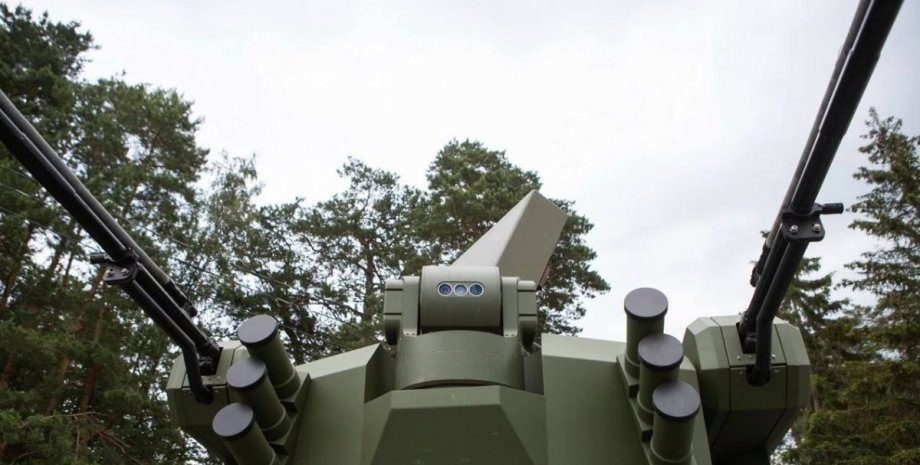
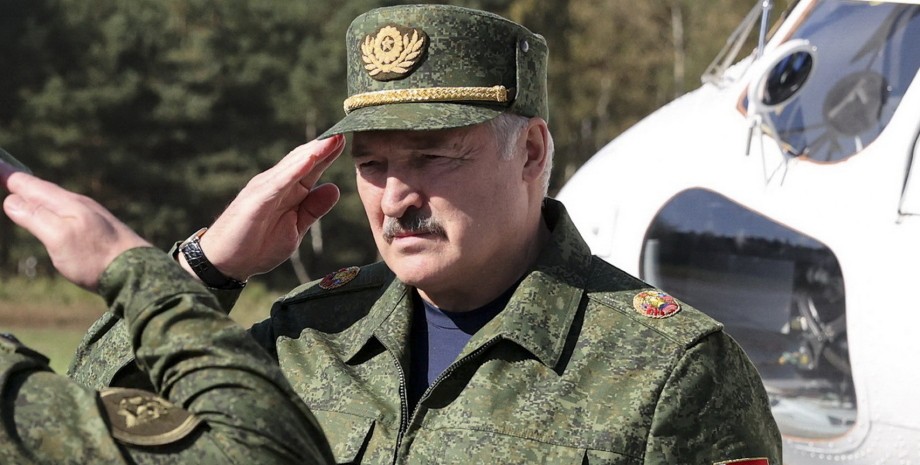
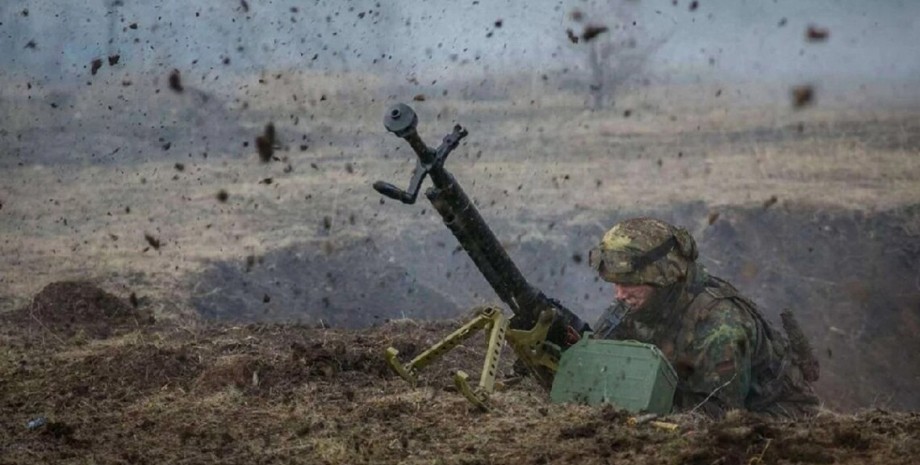

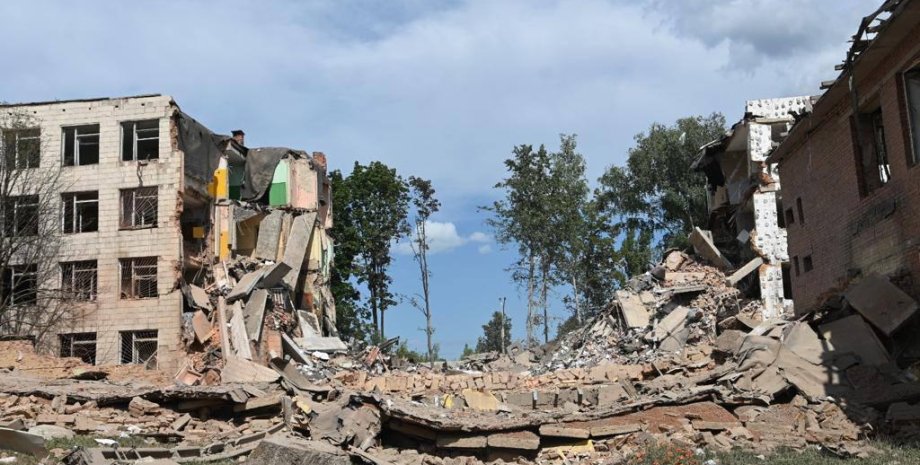
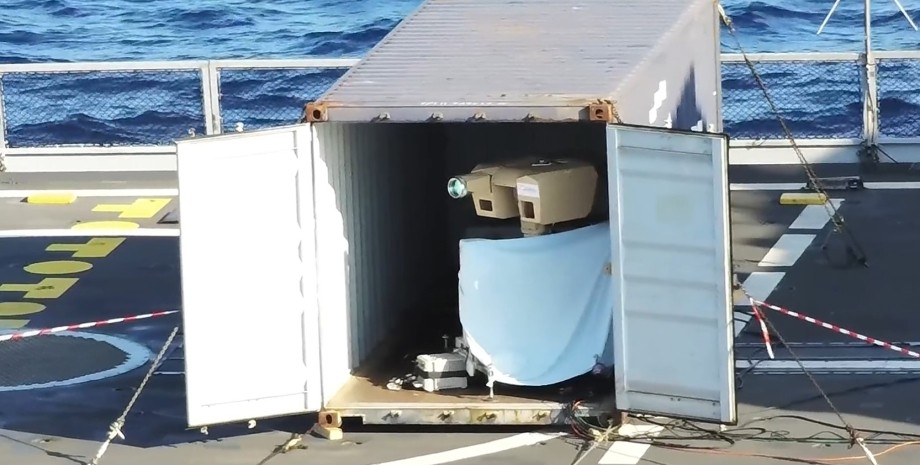

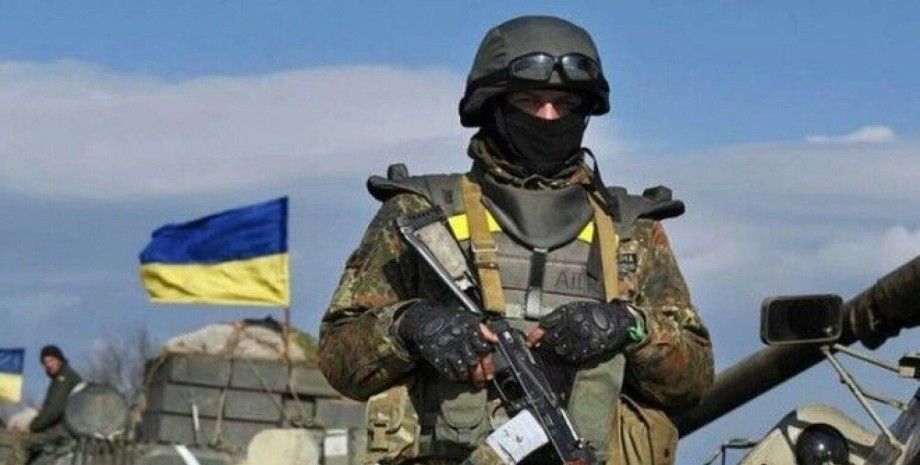
All rights reserved IN-Ukraine.info - 2022